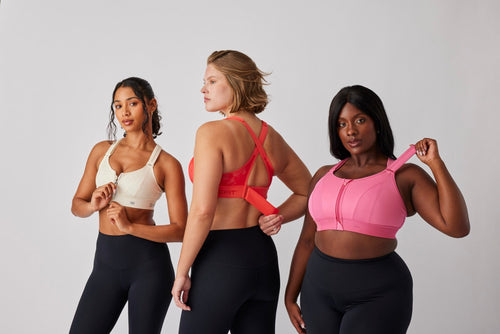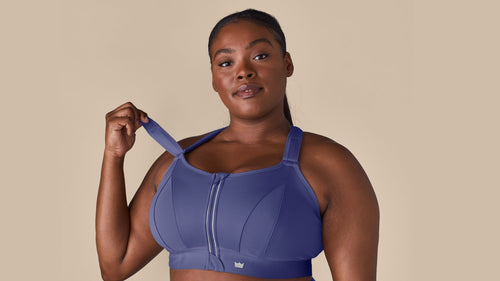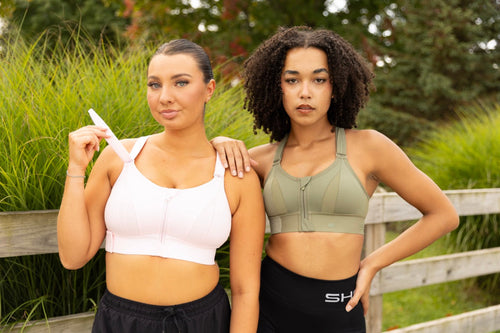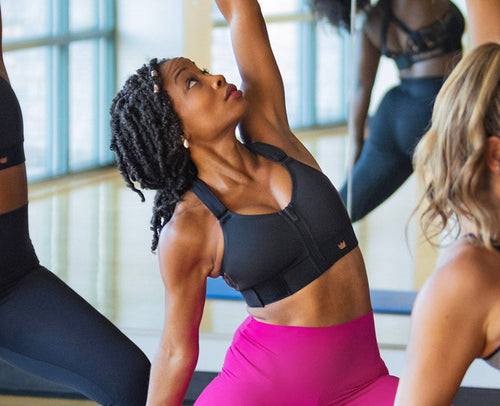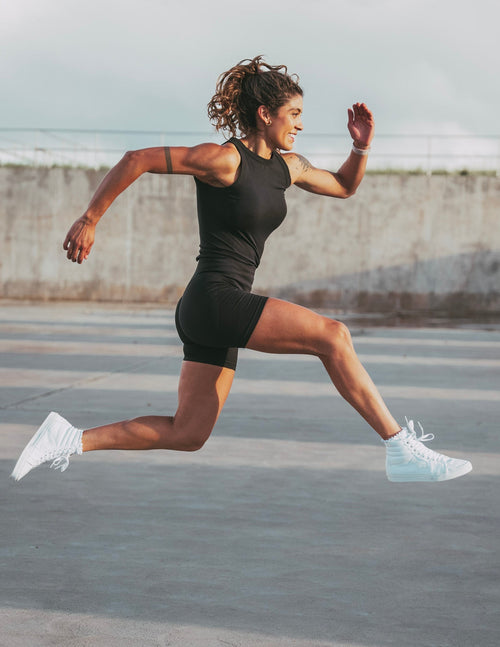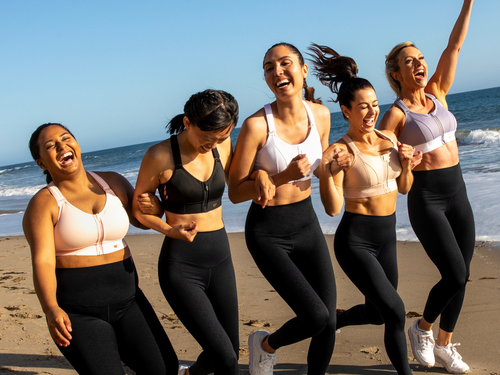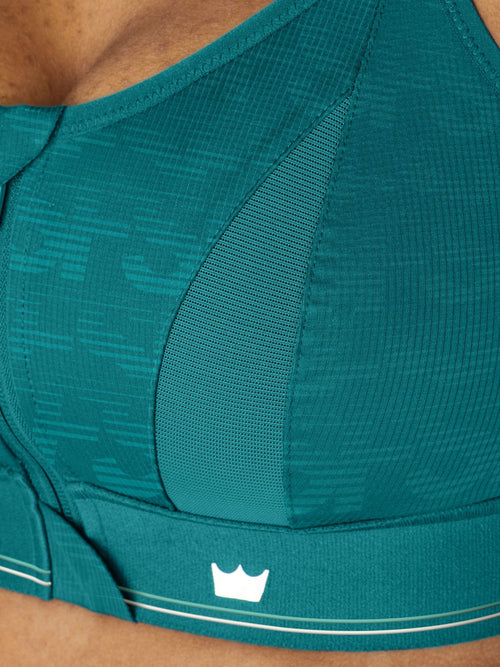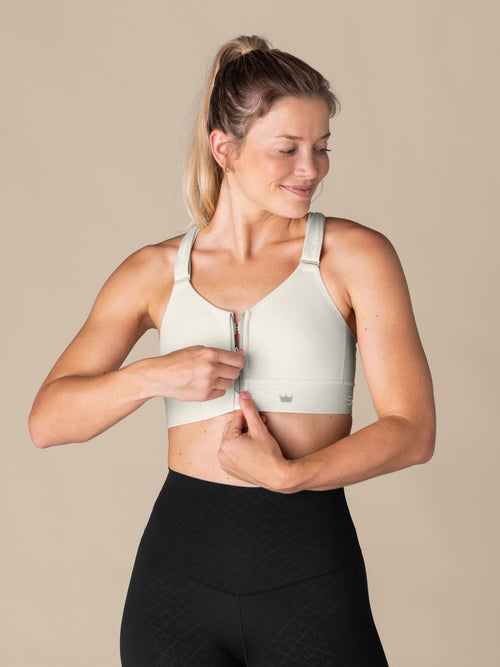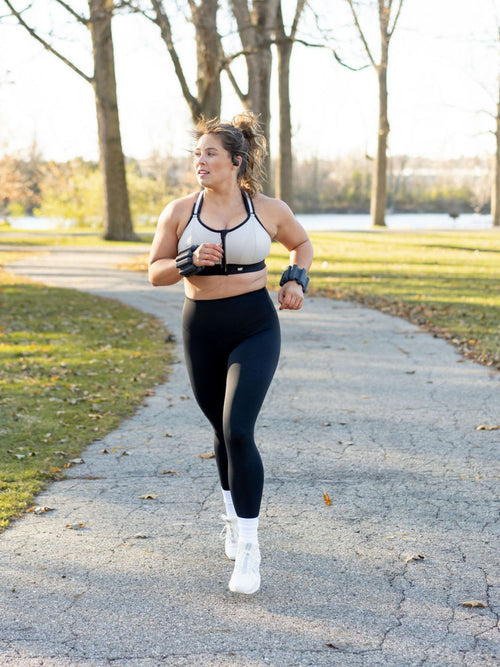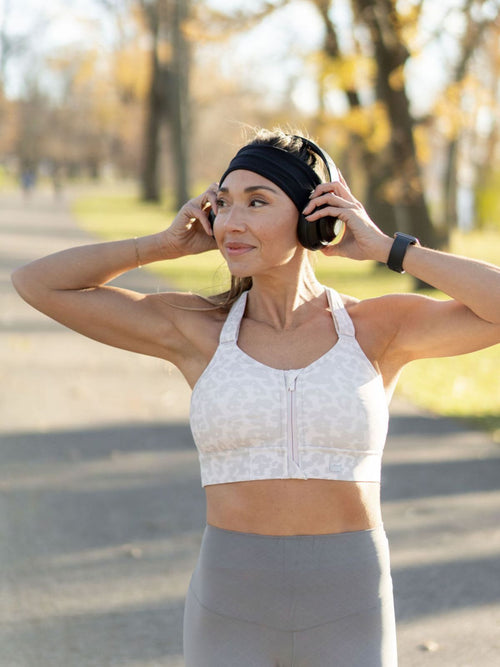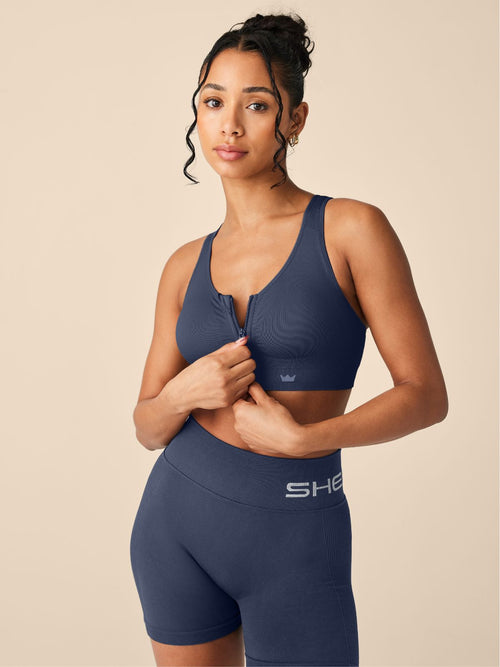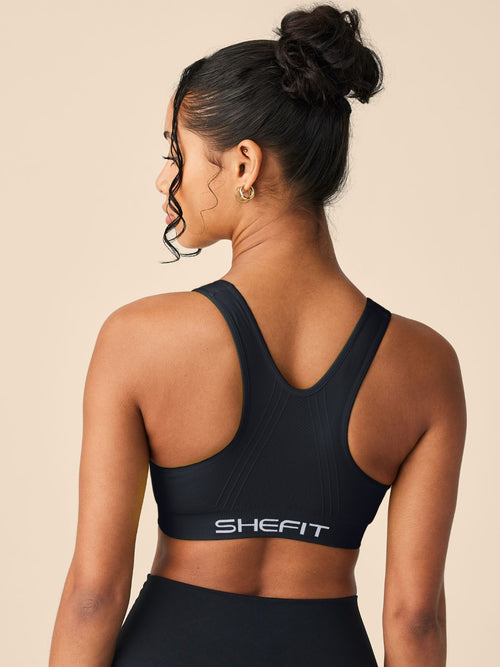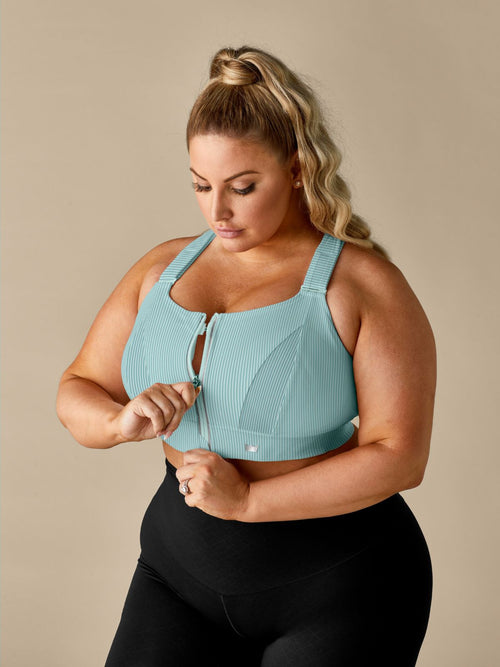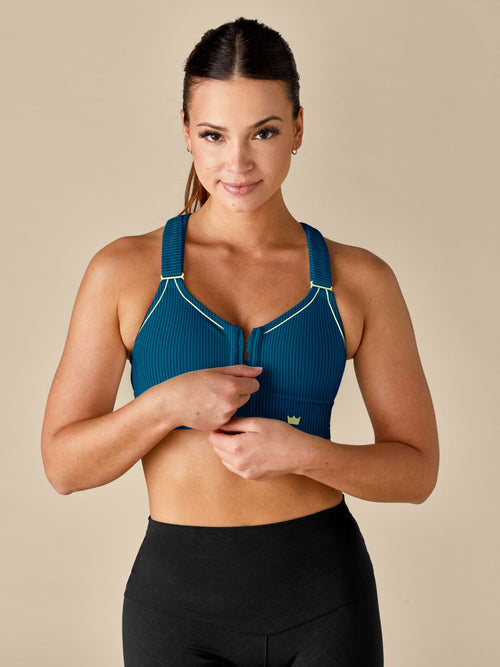New Year Sale 20% Off Shop Now

Nobody likes an injury. For active people, a simple injury is like the apocalypse. One of the things fitness freaks hate the most is being told to sit still, so when an injury is avoidable, they will take whatever means necessary to make sure they aren’t sidelined.
During exercise, your ligaments, tendons and joints are some of the most vulnerable parts of your body. While tough, these tissues can be overworked, pulled and torn. Pain in these areas is often attributed to aging, but there are more and more younger people who are dealing with joint, ligament and tendon pain. In fact, more than half of 34 to 49 year olds have experienced joint pain or stiffness.
Luckily, some of these injuries can be prevented by taking protective measures. Here are a few examples of what you can do to help prevent injury.
Stretch
Stretching is the number one thing you can do to avoid injury. It’s also the easiest thing you can do, too. Stretching requires very little space, doesn’t cost a thing and only takes 15 minutes of your time. The result is a flexible body and lowered chances of injury. There are two types of stretches you can do to give your body stretching benefits: static and dynamic stretching. Most people are familiar with static stretching. This is where you grab and hold a stretch for 15 to 30 seconds. Dynamic stretching incorporates stretching into fluid movement. Instead of sitting and holding a stretch, you are engaging your whole body while stretching. Both types are recommended and should be incorporated throughout your week.
Diversify your training
Give your body the opportunity to move in different ways. The more you can add different types of training to your exercise routine, the better it is for your entire body. Your joints, ligaments and tendons will get used to moving, bending and stretching in a number of ways instead of having to do the same exercise and movement over and over.
Eat smart
There are plenty of foods that help lower inflammation naturally. If you have trouble with inflammation in your joints and ligaments, start incorporating more of these foods into your diet. Even if you don’t necessarily have inflammation trouble, these foods are still good to have in case you up your training and your body needs time to adjust. Add in more berries, avocados, spinach and apples for added benefits.
Take a supplement
Real talk: it can be hard to reach every one of your nutrient needs in a single day. This is where supplements come in handy. There are supplements on the market that are specific to joint, ligament and tendon needs and can be found easily at your area grocery or health-food store. See your physician before engaging in any major alteration of your diet.
Wear the right gear
Appropriate gear can enhance performance and protect your body from injury. Pick your gear based on the activity you are doing, as every piece of gear has its own purpose. We happen to think that your bra is just as important of an investment as those shoes you were fitted for before you began exercising.
You probably knew already that breasts are composed of mainly fatty tissue with the mammary glands and muscle. The trouble with this is that, the muscle is deep so cannot help much in supporting the breast; therefore, Coopers Ligaments help hold the breasts up. They are thin bands interwoven into the breast and are not very strong. If the breasts are not supported properly with a good sports bra then repetitive bouncing from activities (even walking) can stretch the Coopers ligaments permanently.
Need a bra recommendation to support the girls and ligaments? We happen to know about a pretty great one: The Ultimate Sports Bra by Shefit. The Shefit Ultimate Sports Bra empowers all women regardless of age, athletic level, or breast size. Our goal is to provide you with the most important piece of activewear – so important you probably put it on before your pricey shoes! With a custom adjustable fit, the support you need, and the shape you desire, the Shefit sports bra provides a fit that keeps conditions like runner’s nipples, head and neck pain, back soreness and pressure, plus repetitive trauma away. It is not just the larger breasted woman who suffers breast pain when running; smaller breasted women can suffer from activity-related injury just as much.
It is also possible that breasts that are not properly supported can lead to tension and strain in the upper back and neck, particularly in the larger breasted woman. The excess weight at the front can mean the back muscles have to work harder to keep the shoulders in the correct position. These muscles will eventually become weak and stretched leading to back and neck pain.
If you do end up getting injured, the important thing to remember is to not force activity. Take rest and recovery time seriously. Yeah, it sucks to be immobile, but you will spend less time on the couch if you take care of yourself right away than if you were to go balls-to-the-wall while injured. Listen to your body, take care of it, then go out and kick ass.


